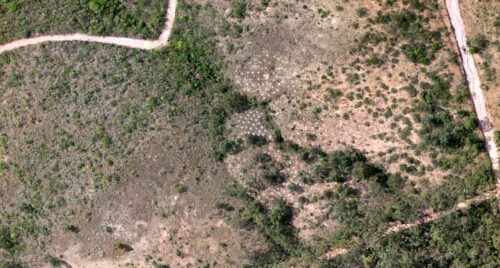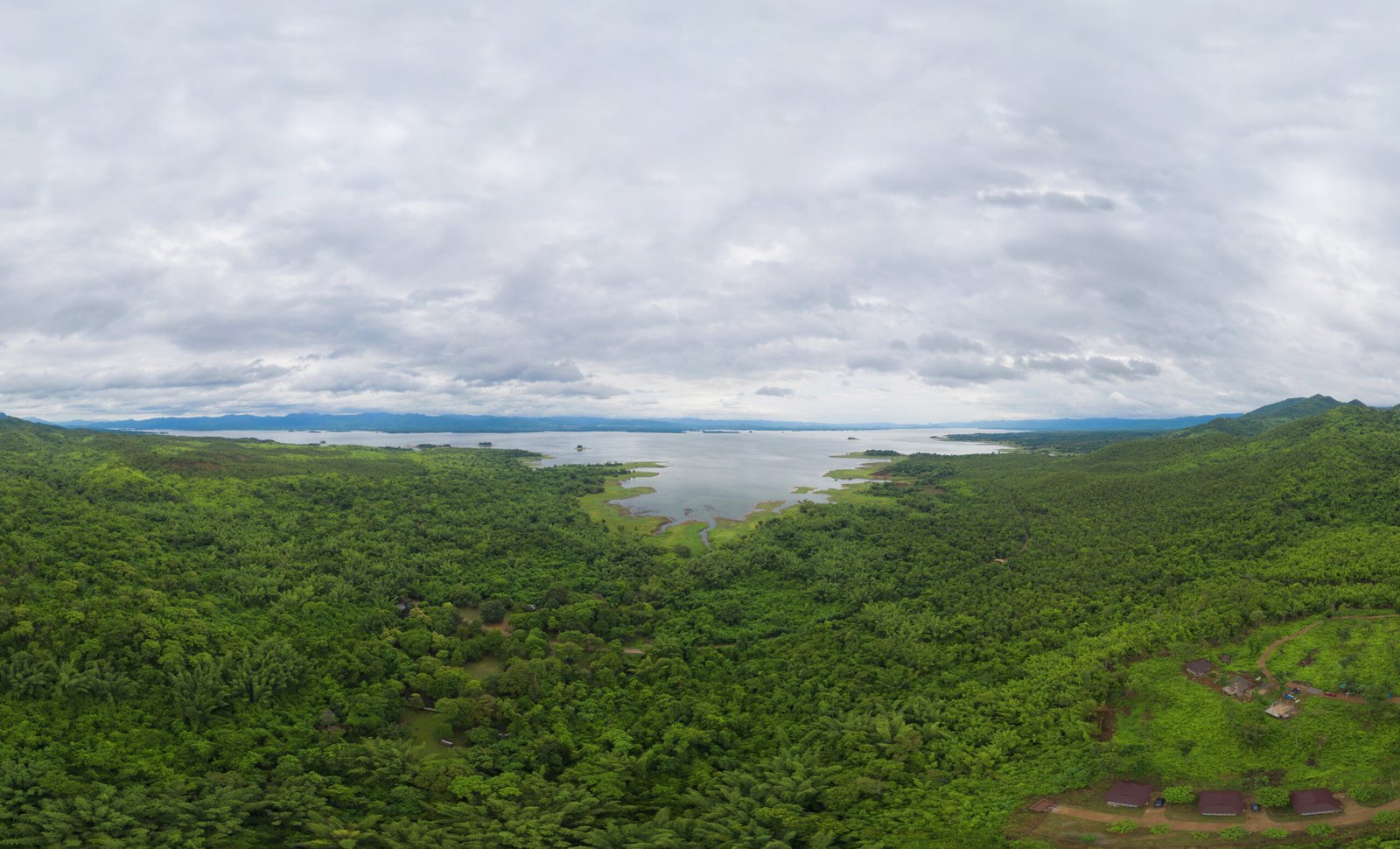In an increasingly urgent and competitive business world, ensuring organizational sustainability and standing out in the market is essential for success.
Thus, adopting an Integrated Management System (IMS) is an excellent strategy that unifies different business management processes to make organizations more agile, productive, and efficient.
What is IMS?
The Integrated Management System (IMS) is a framework that establishes minimum trust standards for organizational processes in a coordinated and integrated manner through international standards, considering different strategic perspectives. The most common ones are related to quality (ISO 9001), environment (ISO 14001), and health and safety (ISO 45001).
With a market that is increasingly demanding and seeking more sustainable consumption alternatives, other management standards have been strategically incorporated into this system to meet specific requirements, such as Energy Management (ISO 50001), Compliance Management (ISO 37301), Anti-Bribery Management (ISO 37301), and Information Security Management (27001), among others.
How to Implement an Integrated Management System
However, starting the implementation of an IMS is a challenging task but essential to ensure the longevity of your organization. Here are some important steps to consider when beginning an IMS:
- Commitment from Top Management: The company's leadership must be committed to the implementation and maintenance of the system, including goal setting, communication, engagement, and resource allocation.
- Defining the Scope: Determine the applicability limits of the IMS, including services, products, and locations.
- Requirement Assessment: Identify applicable normative, legal, and customer requirements considering the management aspects determined for the IMS (quality, health and safety, environment, compliance, others).
- Process Identification: Identify the critical processes that affect the IMS.
- Risk and Opportunity Assessment: Identify the risks and opportunities of each aspect and dimension of the IMS and establish actions to address and manage them.
- Documentation Development: Establish policies, procedures, and controls to ensure the operation of the IMS in compliance with the requirements, risks, and opportunities.
- Training and Awareness: Train employees in the established processes and work on awareness through communication, encouraging employee participation.
- Process Execution: Operate the determined controls.
- Audits and Adjustments: Plan audits to check if the processes are being executed reliably and make adjustments as necessary.
In summary, an IMS is a powerful strategy to optimize the complexity of business management, improve operational efficiency, ensure compliance with requirements, and increase customer satisfaction. Similarly, CLAM believes that each organization is unique, and its IMS should reflect and safeguard the identity of each company. We are prepared to guide your company in implementing and transforming your IMS into a competitive advantage that brings efficiency and sustainability to your business!
Discover our IMS solutions!






